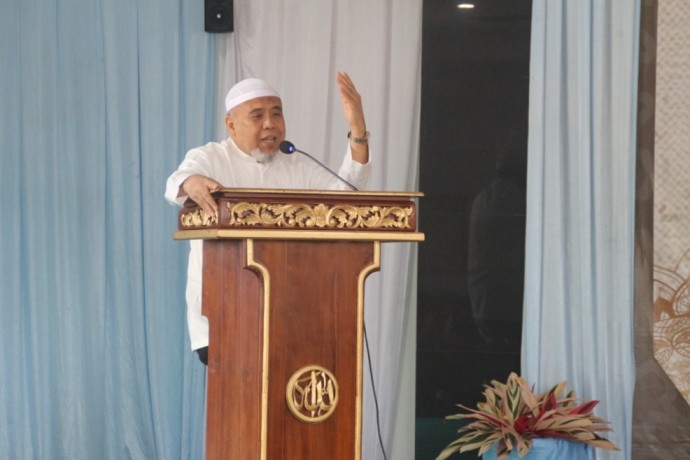Tuberculosis in humans found 9,000 years ago

Jakarta (Indonesia Window) – Over the centuries, tuberculosis (TB) has caused high mortality rates, and in 2019, it is estimated to be responsible for 1.4 million deaths worldwide, according to a report by the World Health Organization (WHO).
In fact, tuberculosis in humans was found 9,000 years ago in Atlit Yam, a city that is now under the Mediterranean Sea, off the coast of Israel, according to information from the U.S.’ Centers for Disease Control and Prevention (CDC).
Archaeologists found lung infection in the remains of a mother and her child who were buried together.
Other records wrote the early history of TB in India dated back to 3,300 years ago, and China from 2,300 years ago.
Several scientific journals reported that ancient tuberculosis was also found in Egyptian mummies dating from 2,400 BC, indicated by bone deformities typical of the lung infection disease.
During the 1600-1800s tuberculosis caused 25 percent of all deaths in Europe.
Although TB have infected humans for thousands of years, the bacteria that cause tuberculosis were just discovered on March 24, 1882, when Dr. Robert Koch, a German microbiologist, announced the discovery of Mycobacterium tuberculosis.
During that time, tuberculosis killed one in every seven people in the United States and Europe.
A century later, March 24 was designated as World TB Day, which becomes a momentum to educate people about the impacts of TB around the world.
Bacteria
Scientists hypothesized that the genus Mycobacterium originated more than 150 million years ago.
Mycobacterium ulcerans, which has caused infection since ancient times, requires certain environmental conditions as reflected today in its distribution around the world.
Three million years ago, the early ancestors of Mycobacterium tuberculosis (MT) might have infected early human in East Africa, and 20,000-15,000 years ago, for the first time, a common ancestor of the modern MT strain might have emerged.
Several scientific journals write that MT has survived more than 70,000 years and currently infects nearly two billion people worldwide, with about 10.4 million new cases of tuberculosis every year. This means that one-third of the world’s population are carriers of TB bacilli and are at risk of developing active disease.
TB is highly contagious when a person coughs or sneezes, and usually lasts throughout the sufferers’ life, forming tubercles (small round dots or nodules that stick to bones or skin) in various parts of the body.
However, most people infected with the MT have no symptoms.
Symptoms that appear usually include cough (sometimes mixed with blood), weight loss, night sweats, and fever.
Due to its infectious nature, complex immunological response, chronic progression and the need for long-term treatment with high doses of antibiotics, TB has always been a major health burden in most of the countries around the world.
Treating and preventing TB have represented a permanent challenge over the human history.
Reporting by Indonesia Window










